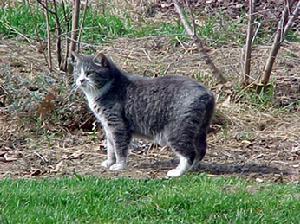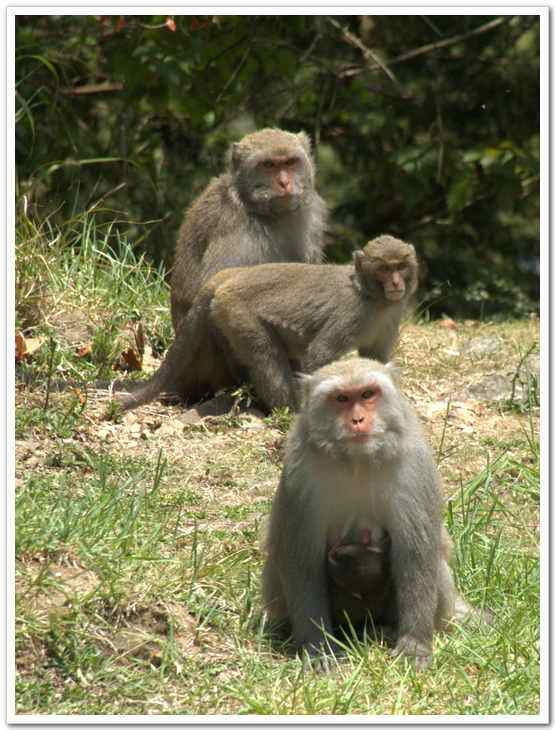
Macaca cyclopis
Macaca cyclopis Swinhoe,Formosan macaque, black-limbed monkey, rock-dwelling macaque
The Formosan monkey is endemic to China.The Formosan monkey is similar to th···
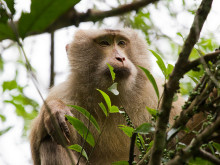
Macaca assamensis
Assamese Macaque,Bear monkey, Rong monkey, Assam monkey, mountain macaque, Himalayan monkey, Assam short-tailed monkey, big green monkey
The bear monkey is endemic to the Himalayas and Indochina. It looks very sim···
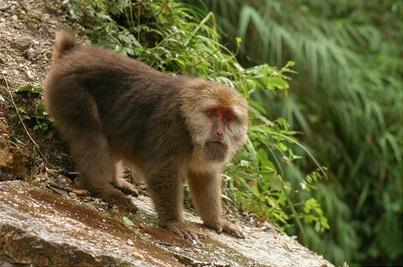
Macaca arctoides
Stumptail Macaque,Short-tailed monkey, red-faced monkey, pile-tailed monkey, human bear,big green monkey
The macaque is a larger species of macaque that is endemic to South and Sout···
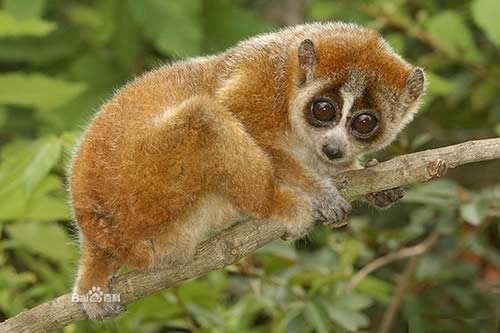
Nycticebus pygmaeus
pygmy loris,Xanthonycticebus pygmaeus,Little slow loris,wind monkey, little wind monkey
The pygmy slow loris is the smallest prosimian species in China. It is very ···
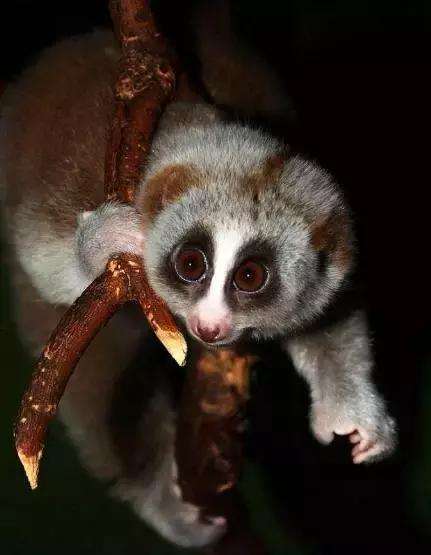
Loris tardigradus
Slow loris,Bengal slow loris, gray slow loris, wind civet, flat monkey, shy cat, mimic monkey
The slow loris is the largest of all species in the genus Sloris.Although th···
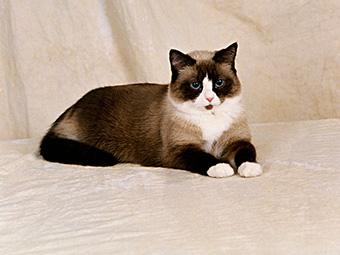
Snowshoe Cat
The Snowshoe cat originated in the United States and was produced by mating ···
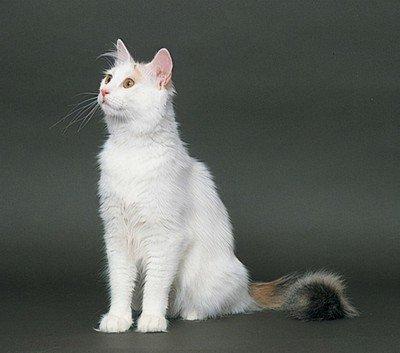
Turkish Van
Van Kedisi,VAN CAT
The Turkish Van cat is a pure natural cat that originated in the Lake Van re···
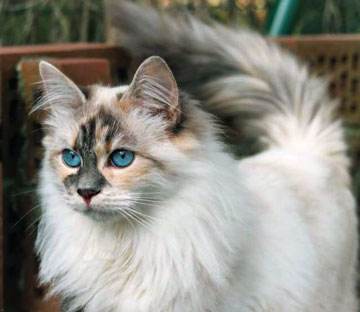
Siberian Forest Cat
Сибирская,Сибирская кошка
Siberian Forest Cat Russian: "Сибирская", also known as S···

Norwegian Forest Cat
Skogkatt, Skaukatt, Norsk Skogkatt, Norsk Skaukatt
The Norwegian Forest Cat is a cat that lives in the Norwegian forest. It is ···

Bombay cat
Little Black Panther, Mona Lisa, Mini Ponza
The Bombay cat is a modern breed, bred by American breeders in 1958 by cross···
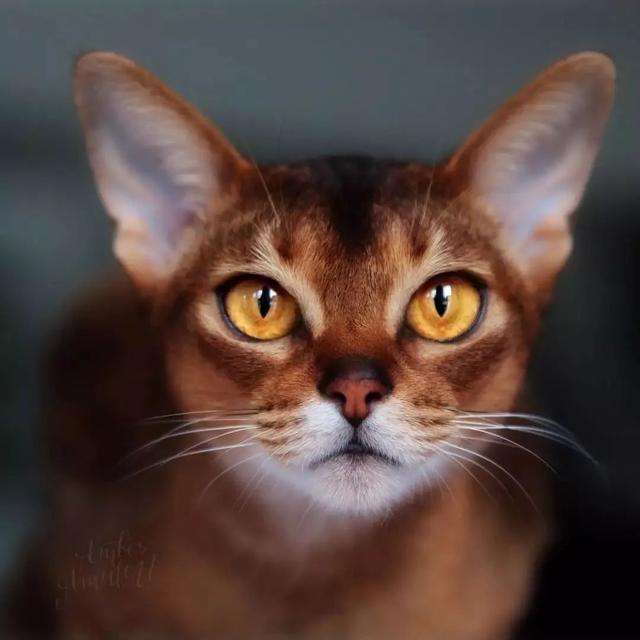
Abyssinian cat
Rabbit cat, Ethiopian cat, Aby, Red Aby
The Abyssinian cat is one of the oldest known breeds.The origin of the name ···

Japanese Bobtail Cat
ジャパニーズボブテイル
The Japanese Bobtail cat is a native cat breed in Japan. It is also called t···
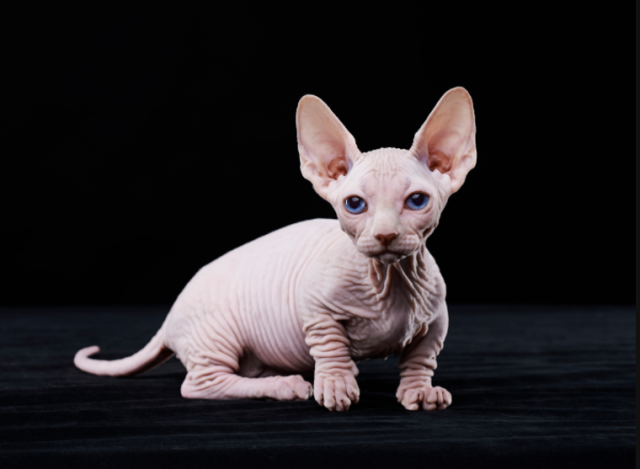
Sphynx
Canadian Hairless
The Canadian Sphynx was bred by cat lovers in Toronto, Ontario, Canada in 19···

American Curl
Curl-eared cat, Fold-eared cat
The American Curl is a cat with curled ears. This is not a physiological def···
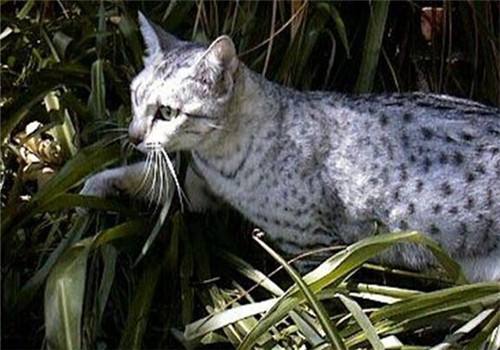
Egyptian Mau
Pharaoh cat, Egyptian god cat
The Egyptian cat is an ancient breed, and there are graphic and text records···

Singapura
gutter cat, sewer cat
The Singapore cat originated in Singapore. It was discovered in the early 19···
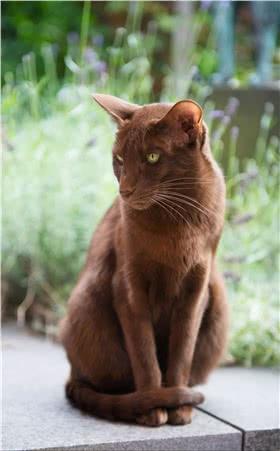
Havana cat
Havana brown cat, chestnut exotic cat
The Havana cat was bred by British animal husbandry experts in the early 195···
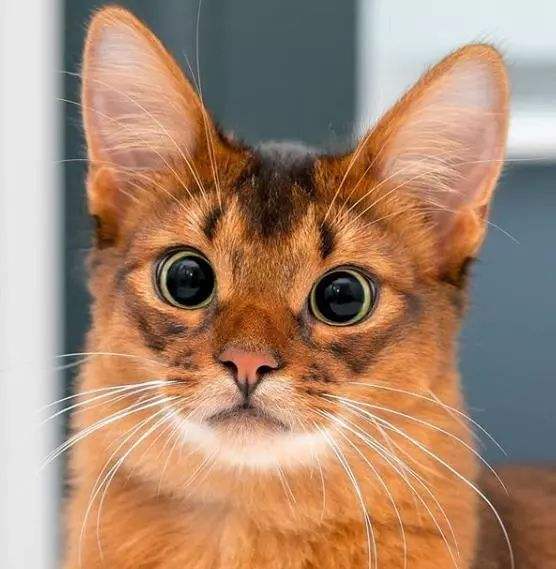
Somali cat
The Somali cat is probably native to Africa. Don’t think too much about it.···
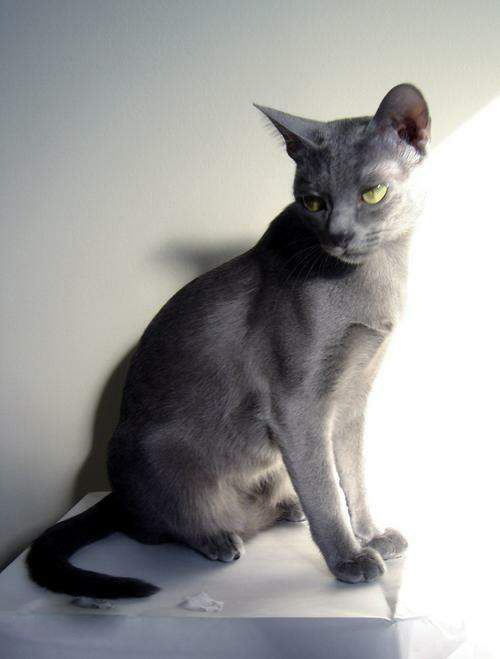
Korat cat
Felis catus
The Korat cat originated in Thailand and was named after its place of origin···
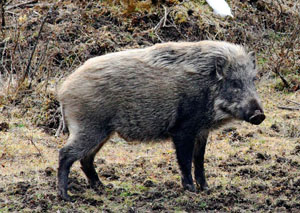
Sus scrofa
Wild boar, mountain boar, pig fat, Eurasian wild boar
Wild boars are medium-sized mammals with 20 subspecies. They have a sturdy b···

